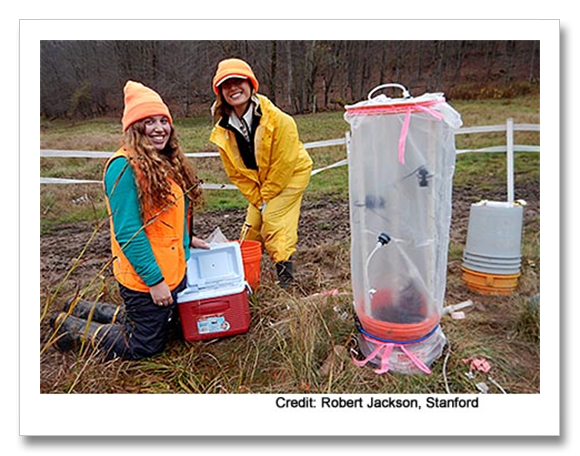
A gigaton per year in the Marcellus Shale alone? Findings from the University of Virginia show we can permanently and safely dispose of much larger amounts of CO2 than previously understood using played out fracked wells. Once pumped in, most of it the CO2 does not come back out. It is captured by kerogens in shale….

